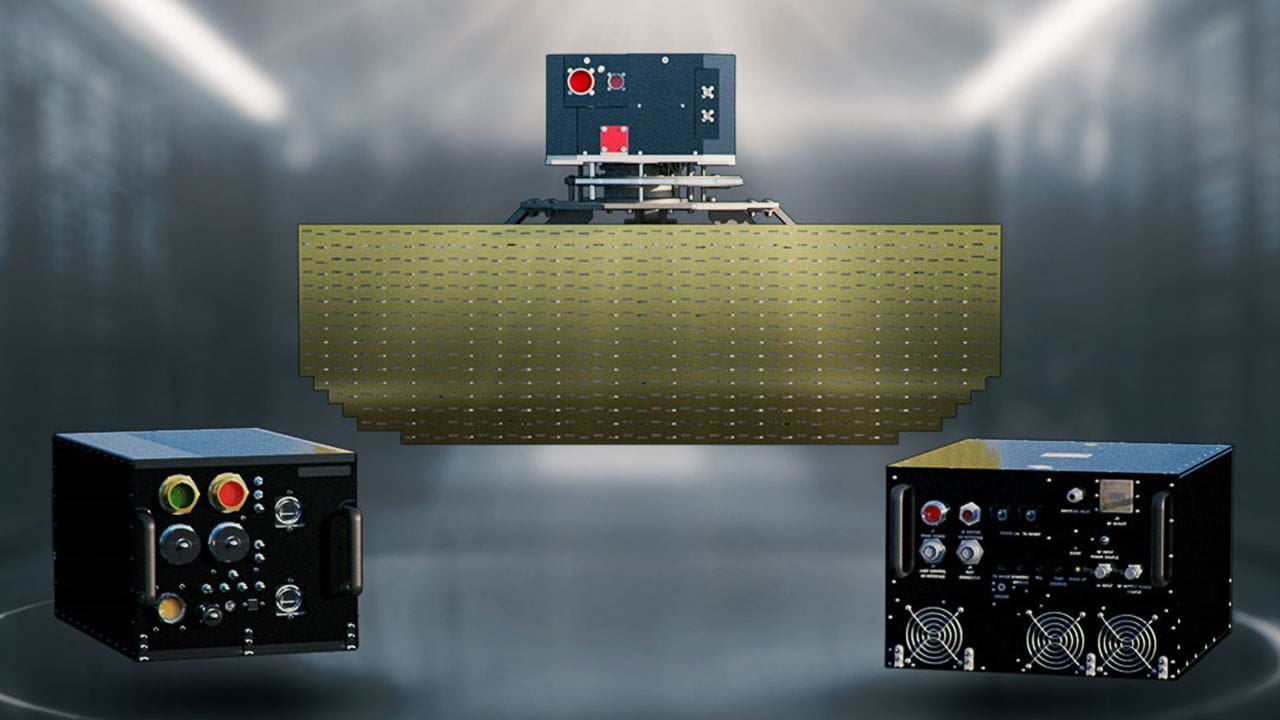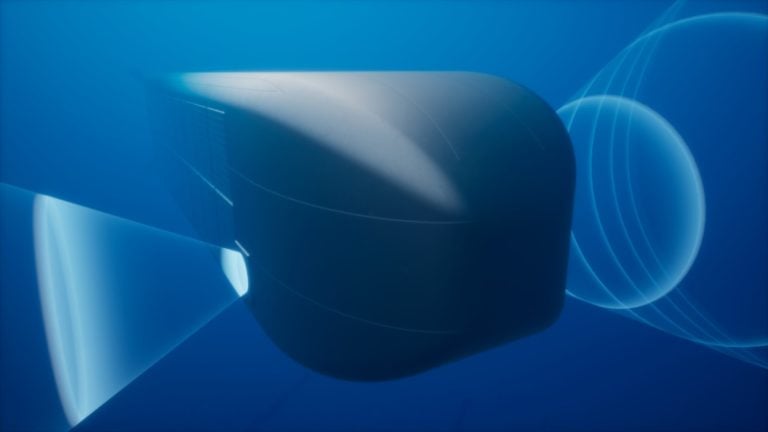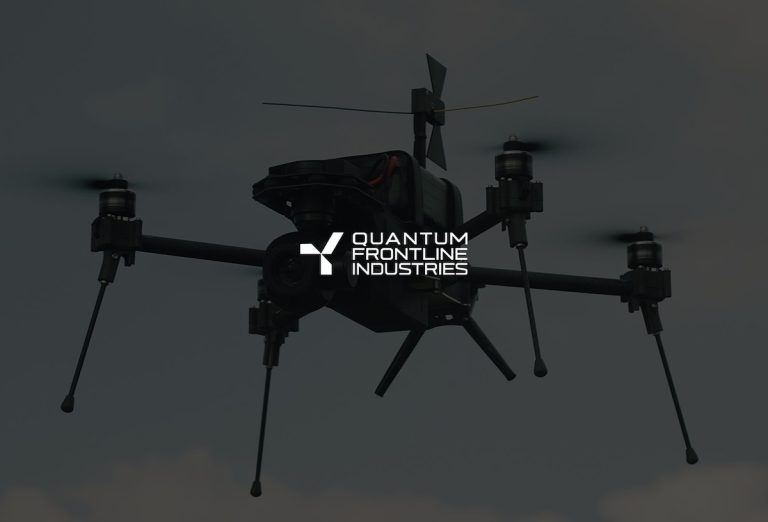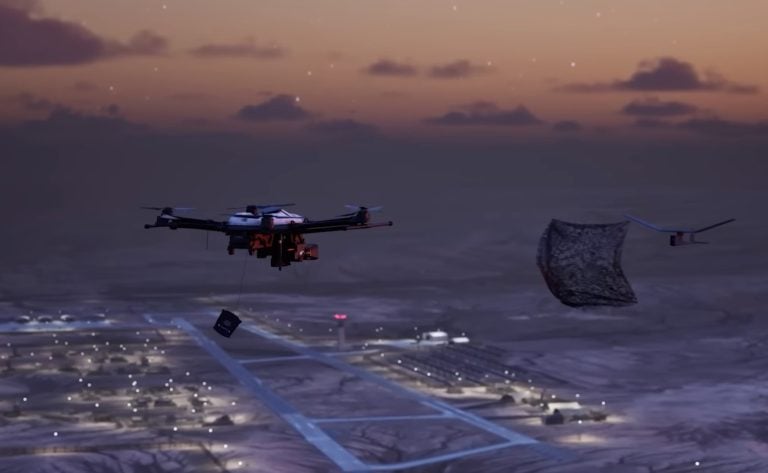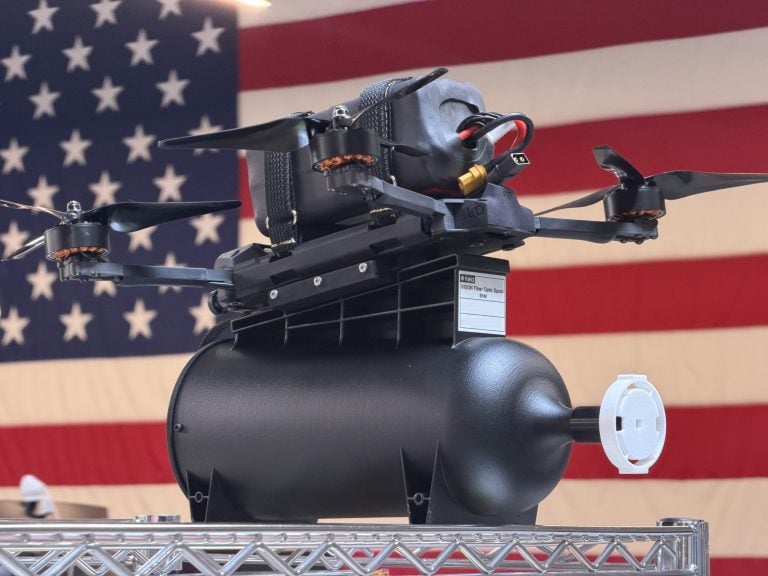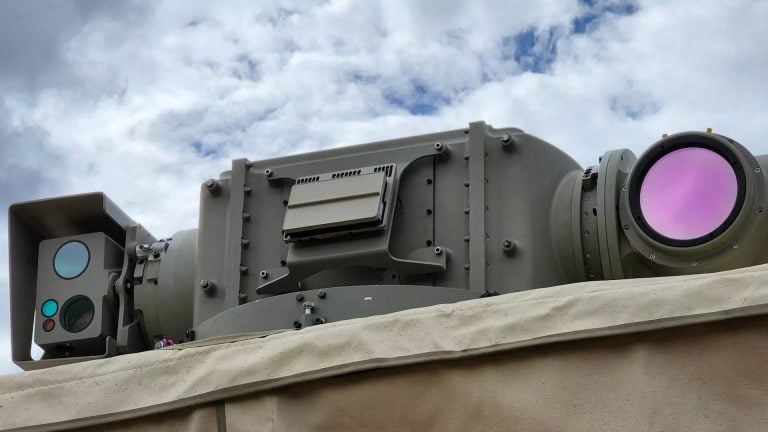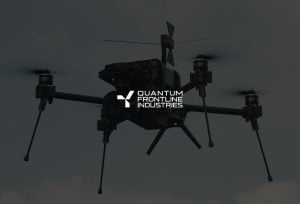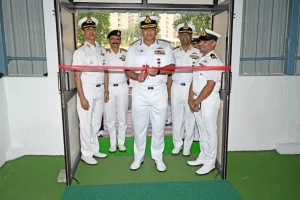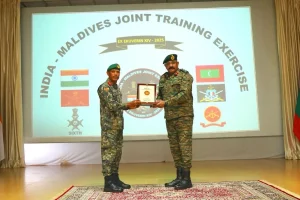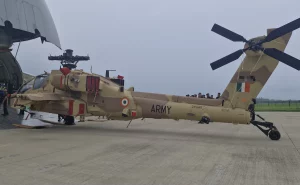Raytheon has initiated the initial production phase of its advanced SharpSight multi-domain surveillance radar, marking a significant step forward in surveillance technology. This sophisticated system is engineered to provide high-altitude, real-time imaging and extensive tracking capabilities for both land and maritime surveillance, irrespective of weather conditions or lighting.
The SharpSight radar incorporates a blend of technologies derived from Raytheon’s established systems, notably the Highly Integrated Synthetic Aperture Radar and the SeaVue Multi-Role Radar. This integration equips the radar with an open-architecture design, facilitating swift adaptation on various manned and unmanned platforms, and allowing for economical upgrades over time.
Designed to support a range of critical missions, SharpSight’s capabilities include border and coastal monitoring, anti-surface warfare, search and rescue operations, and long-range surveillance tasks. With an impressive detection ability, the radar is equipped with an automatic identification system that can simultaneously identify, track, and classify over 1,000 targets. This feature significantly enhances data accuracy during various operational scenarios.
The radar boasts an operational range of 320 nautical miles and weighs in at 129 kilograms (284 pounds). Furthermore, it offers multiple antenna configurations of varied sizes and shapes, ensuring adaptability to different platforms and mission requirements. Daniel Theisen, the president of Advanced Products and Solutions at Raytheon, highlighted that this radar epitomizes the company’s enduring commitment to advancing intelligence, surveillance, and reconnaissance technologies.
In addition to its domestic advancements, Raytheon is strategically positioning itself in global markets in alignment with U.S. export policies, making systems like SharpSight available to international partners and allies. Recently, Germany opted for the integration of Raytheon’s SPY-6(V)1 radar into eight new F127-class air defense frigates, with the proposed military sales package also covering technical assistance and integration services tailored to the frigate’s specifications. If approved, this would establish Germany as the inaugural non-U.S. operator of the SPY-6 radar.
Moreover, in September, Raytheon forged a partnership with Poland’s Military Electronic Works (WZE) to develop modules for the Lower Tier Air and Missile Defense Sensor radar. This collaboration marks a significant milestone, as WZE becomes the first international supplier for the radar system, which is intended to bolster the U.S. Army’s air and missile defense network. Through these initiatives, Raytheon continues to enhance its radar portfolio both domestically and internationally, reinforcing its position as a leader in defense and surveillance technology.
